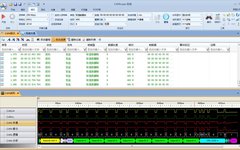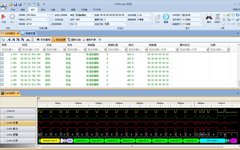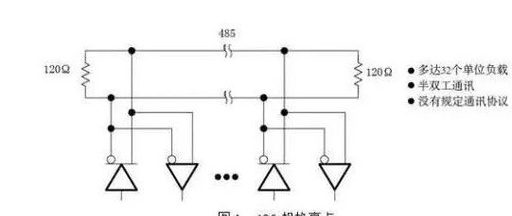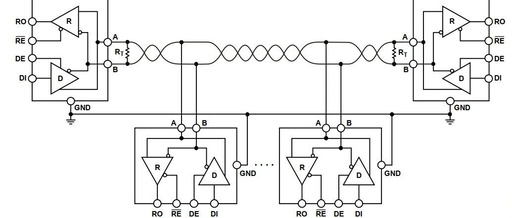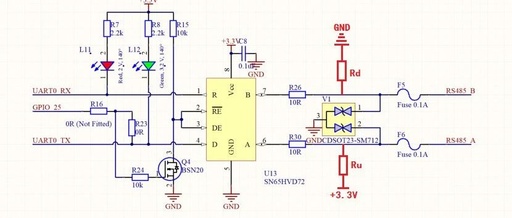Analysis of Missing Termination Resistor Phenomenon in CAN Bus
Source:Automotive Chassis Home Requirements for Adding Termination Resistors According to ISO11898-2 regulations on the value of termination resistors, a 120Ω termination resistor must be connected at both ends of the bus, totaling 60Ω on the bus, while intermediate nodes do not require termination resistors, as shown in Figure 1. Figure 1 Termination Resistor Effects of … Read more
